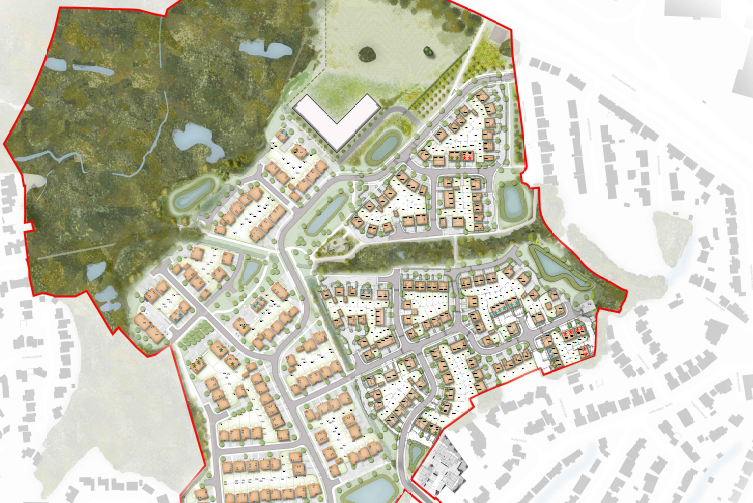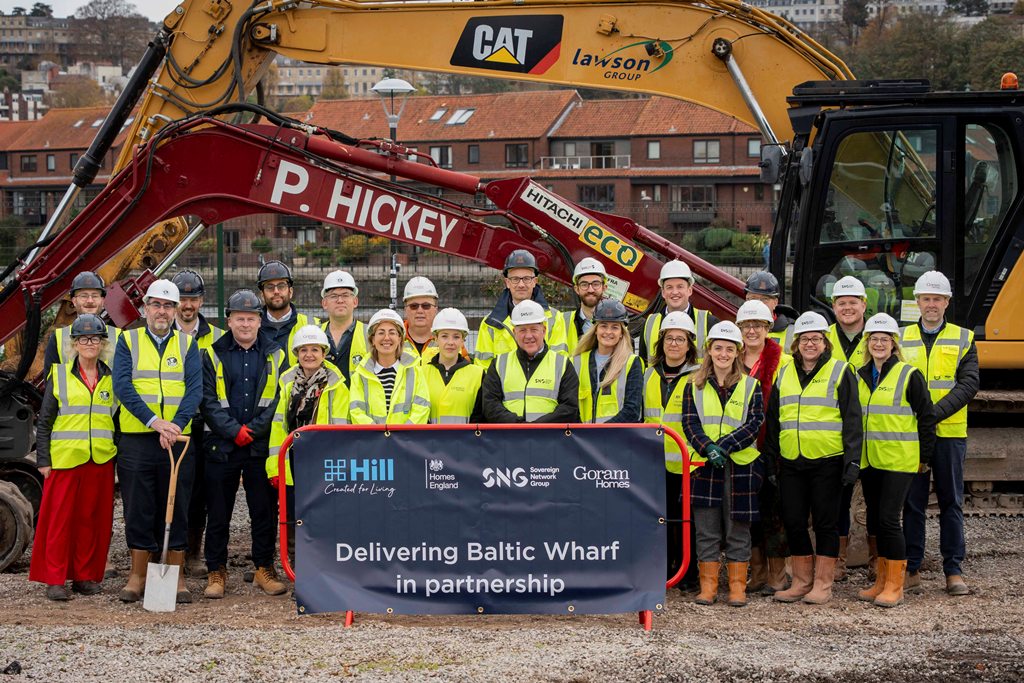Hazelhurst Farm housing scheme: infrastructure and land-use notes for project teams
Reviewed by Tom Sullivan

First reported on The Construction Index
30 Second Briefing
Farmland at Hazelhurst Farm in Worsley is set for a 330-home residential scheme after Story Homes and Taylor Wimpey exchanged contracts with Peel Land Group, with 155 units to be built by Story and 175 by Taylor Wimpey. The developers propose 50% affordable housing, though only 20% will be delivered on-site, alongside land safeguarded for a new primary school and 5 hectares of open space to satisfy biodiversity net gain. A Section 106 deal requires £15.3m in contributions to local infrastructure and amenities, with a planning application due to Salford City Council within weeks.
Technical Brief
- Section 106 obligations total £15.3m, driving upfront planning of utilities, access and community infrastructure phasing.
- Land transfer from Peel Land Group to Story Homes and Taylor Wimpey consolidates control over masterplanning and servicing.
- Primary school safeguarding area will constrain future plot layout, access roads and drainage corridors.
- Five hectares of open space and landscaping will require integrated SuDS, habitat connectivity and long-term maintenance regimes.
- Off-site affordable housing contribution introduces parallel land and infrastructure dependencies beyond the Hazelhurst Farm red line.
Our Take
Within our 50 Infrastructure stories, Hazelhurst Farm is one of the relatively few greenfield UK schemes where Section 106 contributions exceed £10m, signalling that Salford City Council is leveraging planning gain aggressively to backfill local infrastructure budgets.
The 20% on-site affordable housing at Hazelhurst Farm, against a 50% overall affordable requirement, suggests Story Homes and Taylor Wimpey are likely to rely heavily on off-site or commuted-sum delivery routes, which can complicate phasing and cashflow for registered providers in Salford and Worsley.
Allocating 5 hectares to open space and landscaping to meet biodiversity net gain requirements puts this scheme at the more land-hungry end of recent UK housing projects in our database, implying tighter density and potentially higher per-plot servicing costs for the developers.
Prepared by collating external sources, AI-assisted tools, and Geomechanics.io’s proprietary mining database, then reviewed for technical accuracy & edited by our geotechnical team.
Related Articles
Related Industries & Products
Mining
Geotechnical software solutions for mining operations including CMRR analysis, hydrogeological testing, and data management.
Construction
Quality control software for construction companies with material testing, batch tracking, and compliance management.
CMRR-io
Streamline coal mine roof stability assessments with our cloud-based CMRR software featuring automated calculations, multi-scenario analysis, and collaborative workflows.
HYDROGEO-io
Comprehensive hydrogeological testing platform for managing, analysing, and reporting on packer tests, lugeon values, and hydraulic conductivity assessments.
GEODB-io
Centralised geotechnical data management solution for storing, accessing, and analysing all your site investigation and material testing data.


